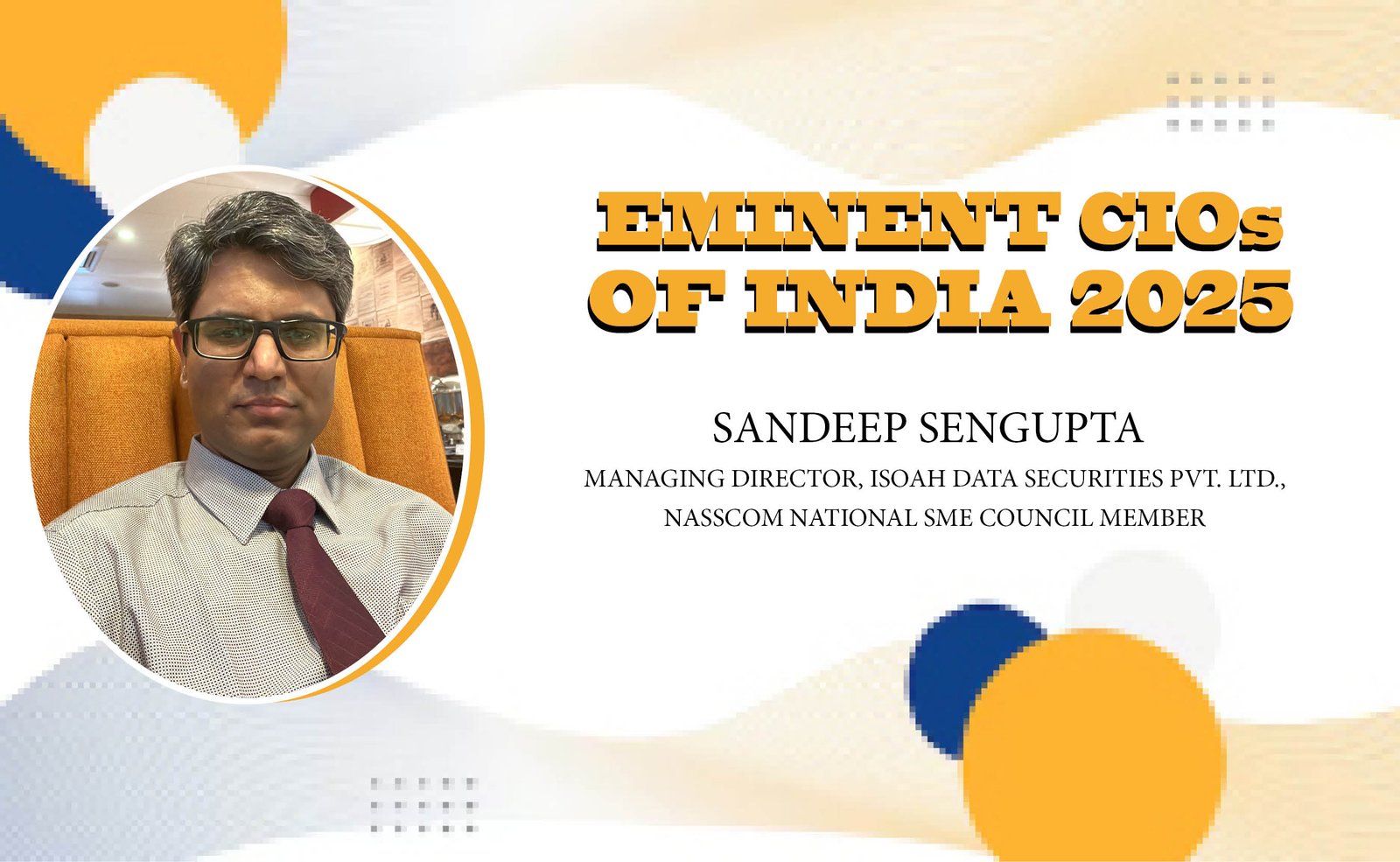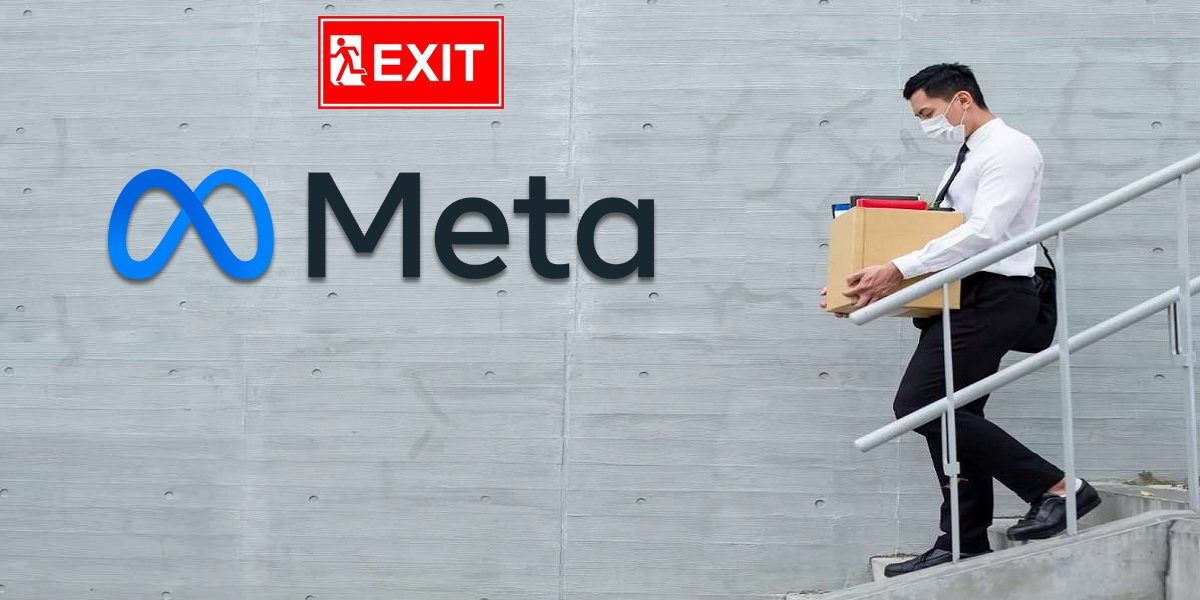Emerging Technologies: Disruption or Hype?
Technologies like AI-ML, Blockchain/Crypto, Data Science, Cybersecurity, Quantum Computing, and OT/IoT are at the forefront of digital transformation. Those who invest their resources wisely in these areas will lead future disruptions. A significant number of companies will adapt and survive; those that fail to evolve may not withstand the pace of change.
The CIO must foresee emerging technologies and guide the organization to stay future-ready. As risks and opportunities evolve, a lack of foresight may leave companies behind. Beyond vision, CIOs must differentiate between genuine disruptions and overhyped trends—discernment is key. Compliance remains a core responsibility amid shifting privacy laws, data protection norms, and regulatory changes. To succeed, CIOs must combine technological insight with a strong understanding of legal frameworks, enabling them to lead securely, strategically, and responsibly in an increasingly complex digital environment.
Fostering a Security-First Culture from the Top
Awareness and responsibility must flow from the top down. CXOs, business owners, and those in positions of power often exhibit the greatest disregard for security policies. For an organization to successfully cultivate a security-first culture, every policy must be enforced equally—from senior leadership to junior employees. Any leniency for top management undermines the integrity of the entire system. Even with significant investment in employee training, if junior staff see exceptions made for leadership, they are likely to mirror that behavior—rendering the investment ineffective.
Redefining Roles in the Tech-Driven Enterprise
The integration of AI, automation, and zero-trust frameworks into enterprise security and IT strategies will primarily be driven by OEMs conducting extensive research. However, we can expect to see startups emerge with innovative AI-ML-security solutions that could challenge and even replace established industry leaders.
It is essential to distinguish between various leadership roles in this evolving landscape:
◆ CDOs/CTOs focus on IT modernization to improve core organizational efficiency.
◆ CIOs oversee overall information security and regulatory compliance.
◆ CISOs are responsible for core cybersecurity operations.
◆ DPOs are typically legal professionals with knowledge of cybersecurity—or vice versa.
These roles are increasingly being outsourced to legal firms that possess technical expertise. Each role demands a distinct set of competencies, but together, they form the backbone of a resilient, future-ready organization.






